There are more than 300 satellites in the solar system. Most of them are relatively small bodies that do not have their own names, only numerical and alphabetic designations. Others, however, are quite large and bear the names of characters from various mythologies, or even just literary works. We recently received the following question from our reader:
Tell us in more detail about the origin of the names of the planets of the solar system and their most famous satellites
Yurii.
We are happy to answer this question.
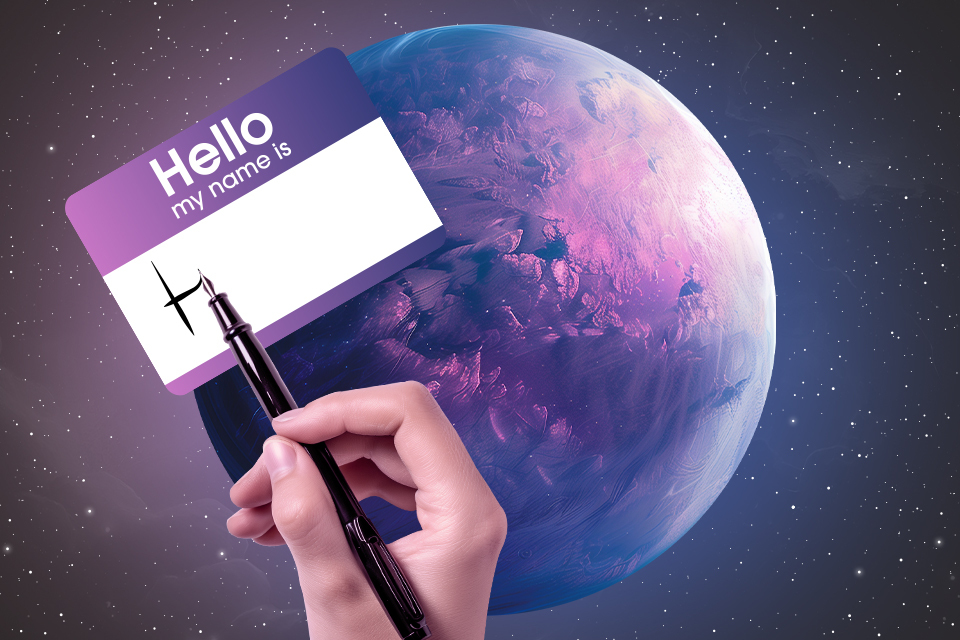
The inner planets
The four inner planets of the solar system are also called the Earth group planets. They are Mercury, Venus, Earth, and Mars. They received their names in ancient times and are associated with characters from Roman mythology.
Mercury is the closest planet to the Sun. It got its name from the god of trade and communication, who also acted as a messenger of Jupiter Himself. In Greek mythology, he is equivalent to Hermes. The planet Mercury has no satellites.
The second planet from the Sun is Venus. It is named after the Roman goddess of love, who in Greek mythology is equivalent to Aphrodite. Venus has no satellites, but there are several quasi-satellites. This is the name given to asteroids that orbit in a 1:1 resonance with the planet. That is, they regularly approach the planet at the same distance at the same point in its orbit. None of the quasi-satellites of Venus has a name, only conventional designations from catalogs.
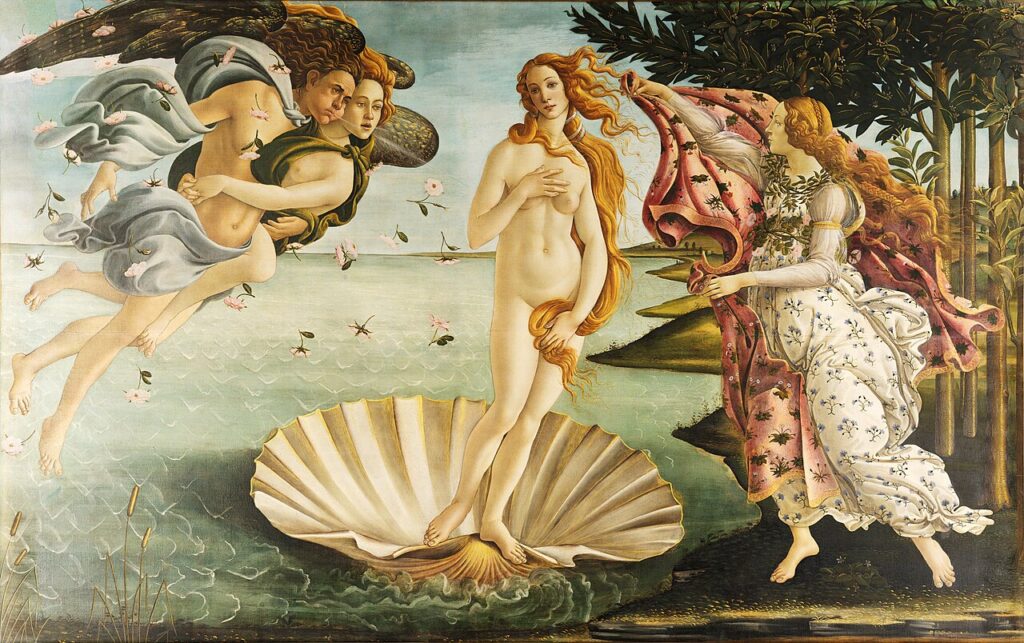
Next comes the Earth with its Moon. In the Ukrainian language, these two bodies are referred to by their Slavic names, which were used to designate them from the very beginning. In Ancient Greece, the goddess of the Earth was called Gaia, and it is from her that many terms related to our planet come: geology is the science of the rocks of which it is composed, geoid is a complex figure describing its shape, apogee is the highest point of a satellite’s orbit in the Earth’s orbit.
The word “Luna” used to describe our satellite in some Slavic languages has its roots in the Proto-Indo-European language, but came to us from Latin. It literally means “Light”. Also in Rome, the goddess of the moon was Selene, whose name has the same meaning. Later, this celestial body began to be associated with the goddess-hunter Artemis.
The Earth also has several quasi-satellites. However, only three of them have their own names. Cruithne got its name from the Celtic tribes that inhabited the British Isles in ancient times. Duende was named after the characters of Spanish folklore that roughly correspond to brownies in a house. And Kamoalewa is translated from Hawaiian as «wavering thing».
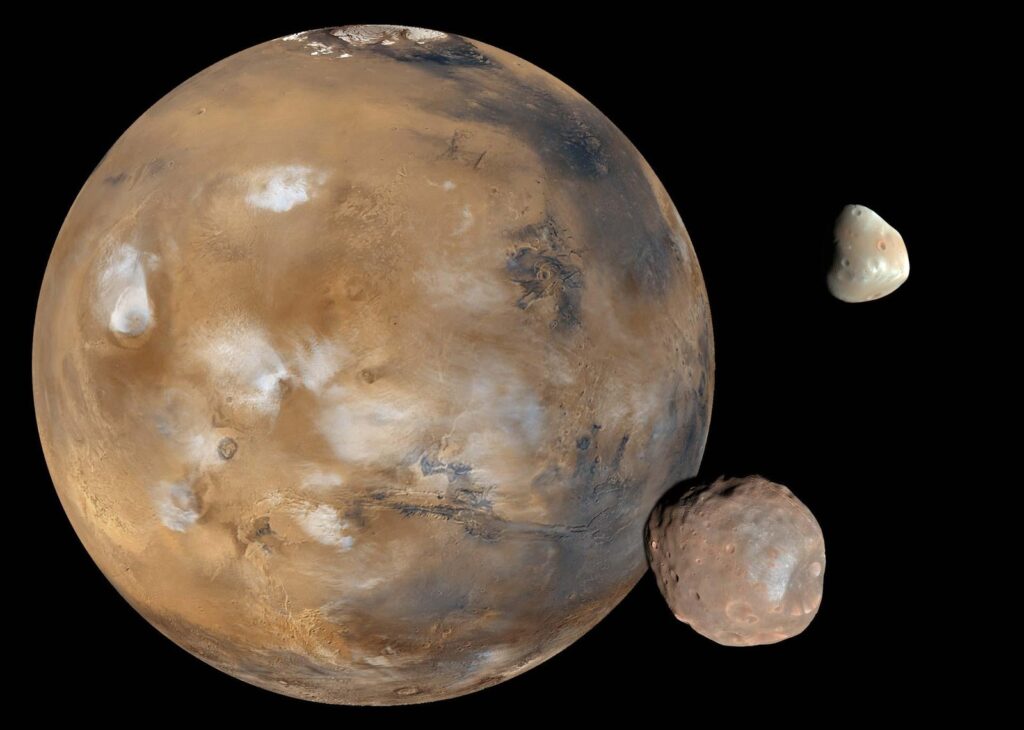
Mars was named after the god of war. In Greek mythology, this god corresponds to Ares, so in all terms that contain “geo” when applied to this planet, it is changed to “areo”. For example, areology is the science of rocks on Mars.
Mars has two satellites: Phobos and Deimos. They got their names in honor of the sons of the god of war and those names are translated as “fear” and “horror”.
Jupiter’s satellites
Mars is followed by the largest planet in the Solar System, Jupiter. This gas giant was named after the supreme deity of the Roman pantheon. In Greek mythology, it corresponds to Zeus, the god of thunderstorms and daylight. Jupiter was considered the father of all the gods, including Mercury, Venus, and Selene/Artemis, but not Gaia. According to myths, she was his grandmother.
Jupiter now has 95 known moons. But only 48 of them have their own names. The first to receive them were the four largest objects discovered by Galileo Galilei in 1610. Io, Callisto, and Europa are Zeus’s mistresses, and each of them has its own story. For example, Callisto’s relationship with Zeus put her at odds with Artemis, who turned her into a Bear. And in order to steal Europe from her parents, Zeus himself turned into a bull. Ganymede was a beautiful young man whom the gods took to Olympus to serve them wine. A number of myths also say that Zeus, who was eager for love, had a relationship with him.
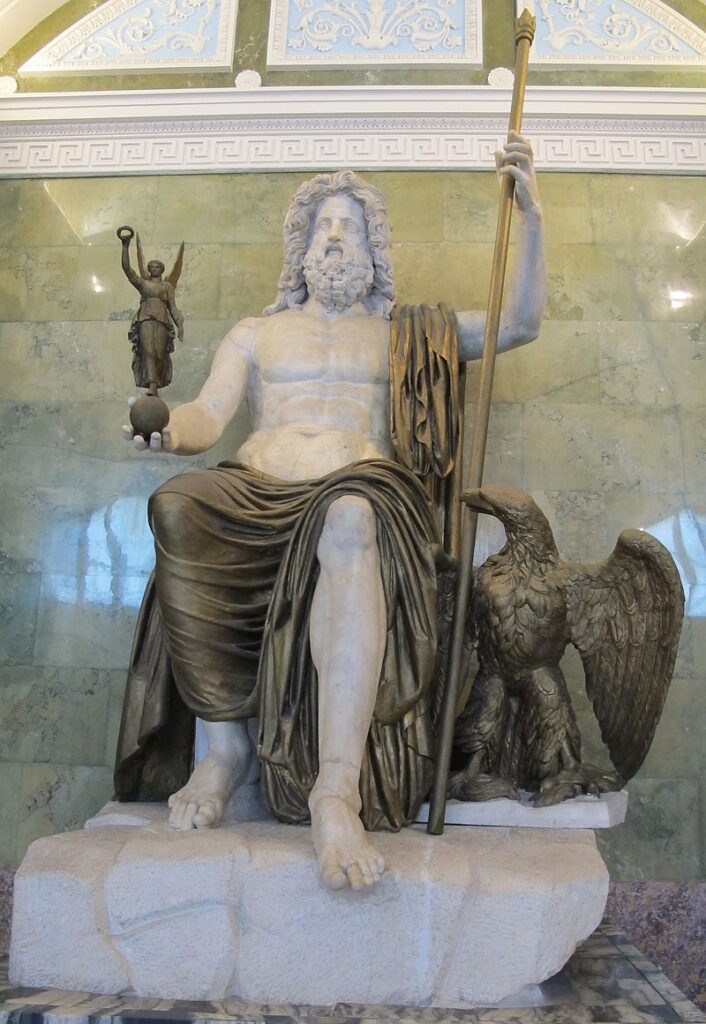
Amalthea, the fifth largest moon of Jupiter and the closest to the gas giant, was named after the goat whose milk fed Zeus himself when he was a child and hiding from his father Saturn, who wanted to eat him. Amalthea is also associated with the myth of the horn of plenty. It was this part of her body that had the magical ability to get food out of nothing.
The rest of Jupiter’s moons were also named after the mistresses of the supreme god Olympus, or simply characters associated with him. There is a rule that for satellites with retrograde bodies, i.e., bodies reversed from the planet’s rotation, they should end in “e”, for normal ones — in “a”.
Each of the heroines of Greek myths, in whose honor the moons of Jupiter are named, can tell their own more or less well-known story. For example, Leda is named after a mythological heroine who was seduced by Zeus in the form of a swan (he practiced quite interesting role games).
Saturn and other titans
The sixth planet from the Sun is named after the Roman god Saturn. In Greek mythology, he is equivalent to Kronos. Both of them were considered patrons of agriculture, and Cronus in later times was also the god of time, which was quite natural in a society where the most important cycle of the year was the field cycle.
Saturn belonged to the older generation of gods. His brothers and sisters were the Titans and Titanids. And it was in their honor that the satellites of the giant planet were once named. The largest of the moons was simply called Titan, and the rest were named after specific personalities: Enceladus, Mimas, Thetis, Dione, and others.
Each of the characters who named Saturn’s moons has an interesting story to tell. For example, Enceladus was a serpentine giant who fought with the younger generation of gods, but was buried under a giant stone that became the island of Sicily. To this day, the eruption of Mount Etna is called the “breath of Enceladus”.
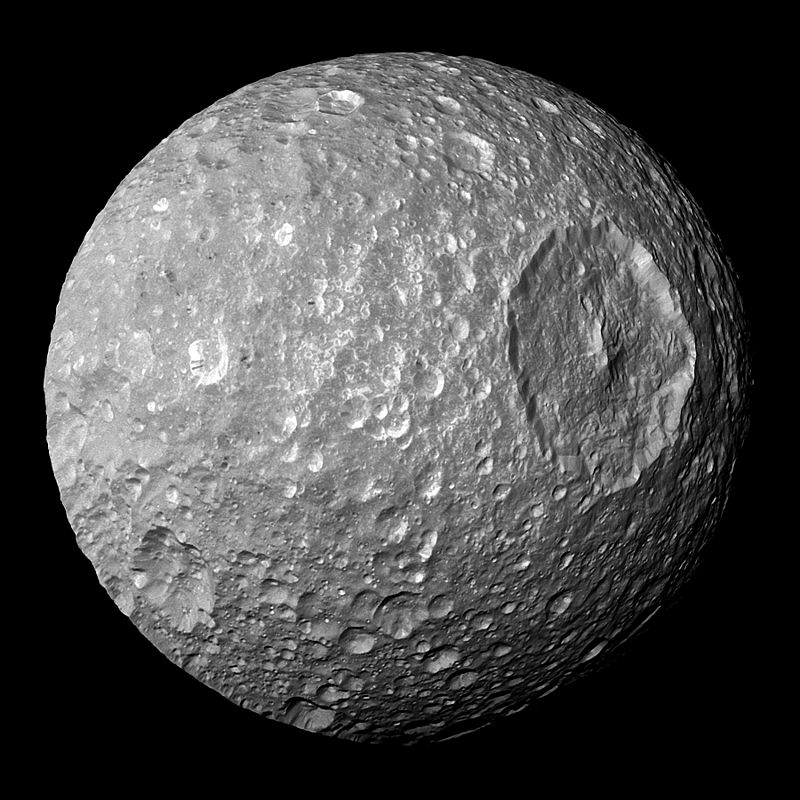
Rhea was the wife of Cronus-Saturn and the mother of Zeus. Atlas held the sky on his shoulders. Prometheus brought fire to humans and taught them crafts, and then was chained to a rock and subjected to eternal torture.
However, Saturn’s satellites were discovered more and more. Gradually, the titans ran out and scientists began to attract other characters from Greek mythology. That’s how Calypso, in honor of the nymph who seduced Odysseus during his travels, Pandora, in honor of the lady who opened the box with all the troubles of the world, and Pan, in honor of the god patron of shepherds and nature, who had goat’s legs and horns, ended up among Saturn’s satellites.
But these heroes were not enough. And then the scientists decided to turn to Scandinavian mythology and involve the local analog of the titans, the Jotunns. Thus, Egir, Alvaldi, and Surt appeared among them. The latter, for example, is known in the sagas for being a fire giant and during Ragnarok, the last battle, he is supposed to set the whole world on fire.
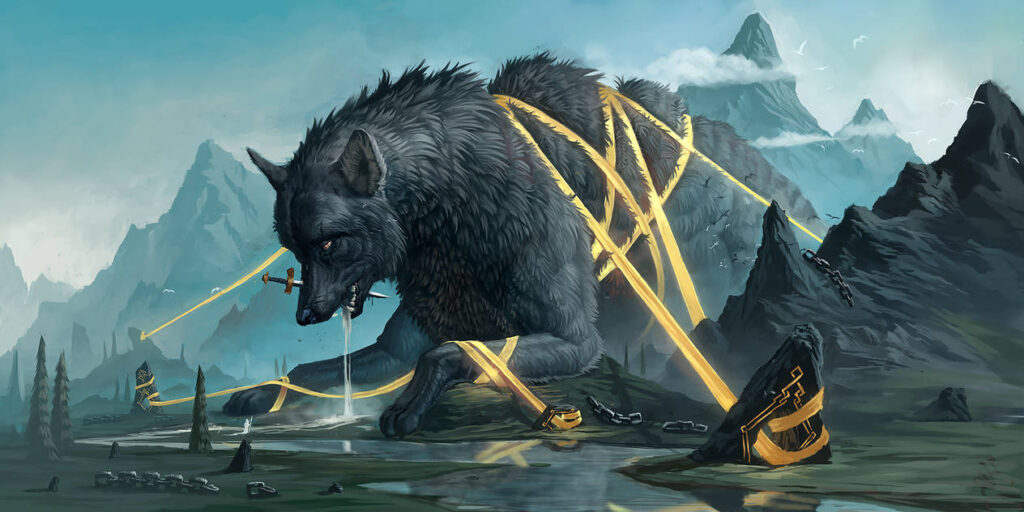
Since the concept of “jotunn” in Norse mythology is quite broad, the satellites of Saturn that received names from them also included Loki (named after the trickster god) and Fenrir (a terrible wolf who must be freed from the chains that bind him and swallow the Sun at the end of the world).
Finally, scientists decided not to limit themselves to Norse mythology. Thus, some of the small satellites of Saturn was named Kiviok, Idjirak and Tarkek. All of them are characters from Inuit folklore, the indigenous inhabitants of Greenland. In addition, there is the Gaulish group, several of whose satellites were named after Celtic epic heroes.
However, even with all of this, 83 of the 146 currently known satellites of Saturn still remain unnamed.
Satellites of Uranus and Neptune
Uranus was the first planet that was not known to astronomers since ancient times. Therefore, for some time, it did not have a permanent name. The modern name, along with the principle of continuing to use the names of Greek gods to name new planets, was established only in the nineteenth century.
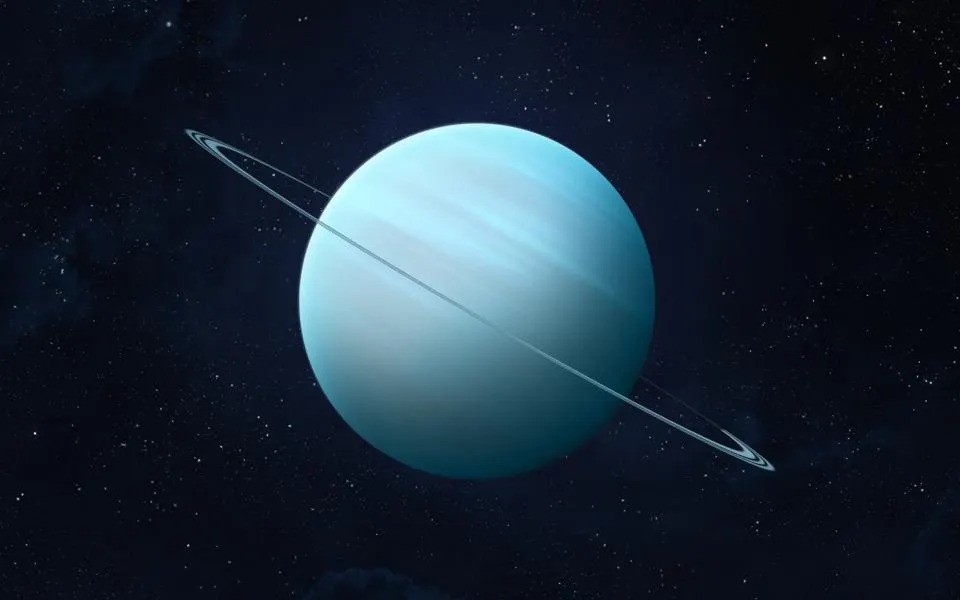
Uranus is the god of the sky in Roman mythology. He is the grandfather of Jupiter, the father of Saturn, and the brother and husband of Earth-Gaea. Like all the Greek supreme gods, he had many children, but his relationships with them did not work out.
The discoverer of Uranus, William Herschel, wanted to name the planet after King George III of England, but other astronomers did not allow him to. Instead, Uranus has become the only major planet whose moons are named only after characters from English literature instead of gods and heroes from mythology.
Shakespeare’s play The Tempest was especially lucky in this regard. Of the 28 currently known moons of Uranus, 10 are named after its characters: Ariel, Miranda, Caliban, Sycorax, Prospero, Setebos, Stefano, Trinculo, Francisco, and Ferdinand. The rest of the satellites, except for two, are named after characters from his other works. Only two of them, Umbriel and Belinda, are named after characters from the English poet Alexander Pope’s “The Rape of the Lock”. There is also a character named “Ariel” in this work.
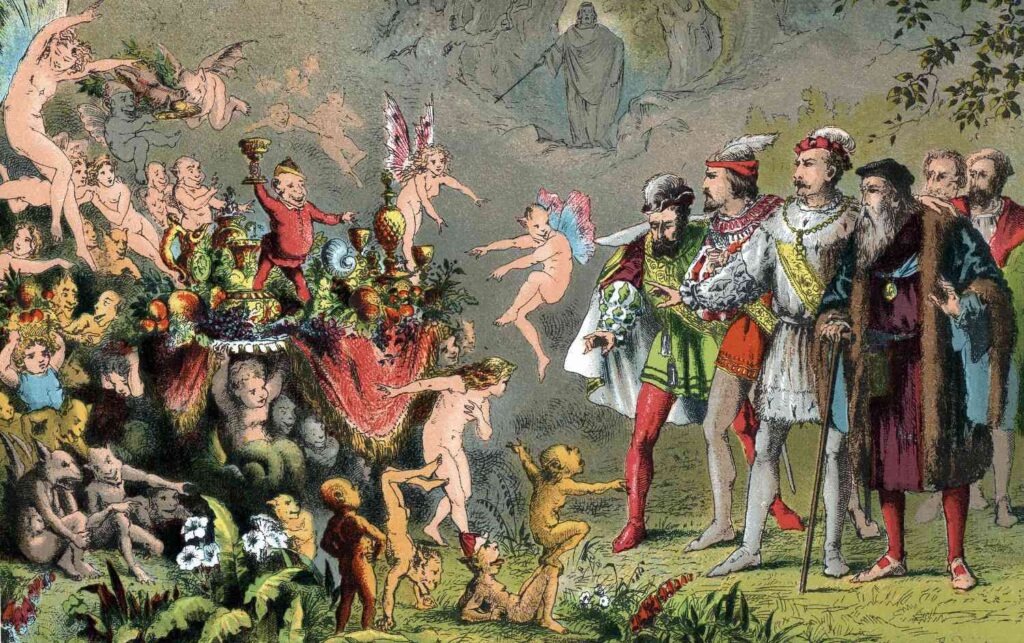
Neptune is the next planet after Uranus in terms of both distance to the Sun and time of discovery. It got its name in honor of the god of the sea, who in Greek mythology is represented by Poseidon, the brother of Zeus. No wonder astronomy uses a trident to designate it.
Neptune now has 16 known moons. Two of them still have no names, while the rest were named after characters from Greek mythology associated with the sea. Thus, the largest of the planet’s moons is named Triton in honor of Poseidon’s son. The rest are named after sea nymphs. The exceptions are Proteus, named after another Greek sea deity known for his ability to change shape, and Hippocampus, which is named after a seahorse with a fish tail.
Dwarf planets
In the 20th century, people believed that there were 9 planets in the solar system. The last one was Pluto. It got its name on the same principle as the big planets. It was given to him by the god of the underworld of the dead, the brother of Jupiter and Neptune. In Greek mythology, it corresponds to Hades.
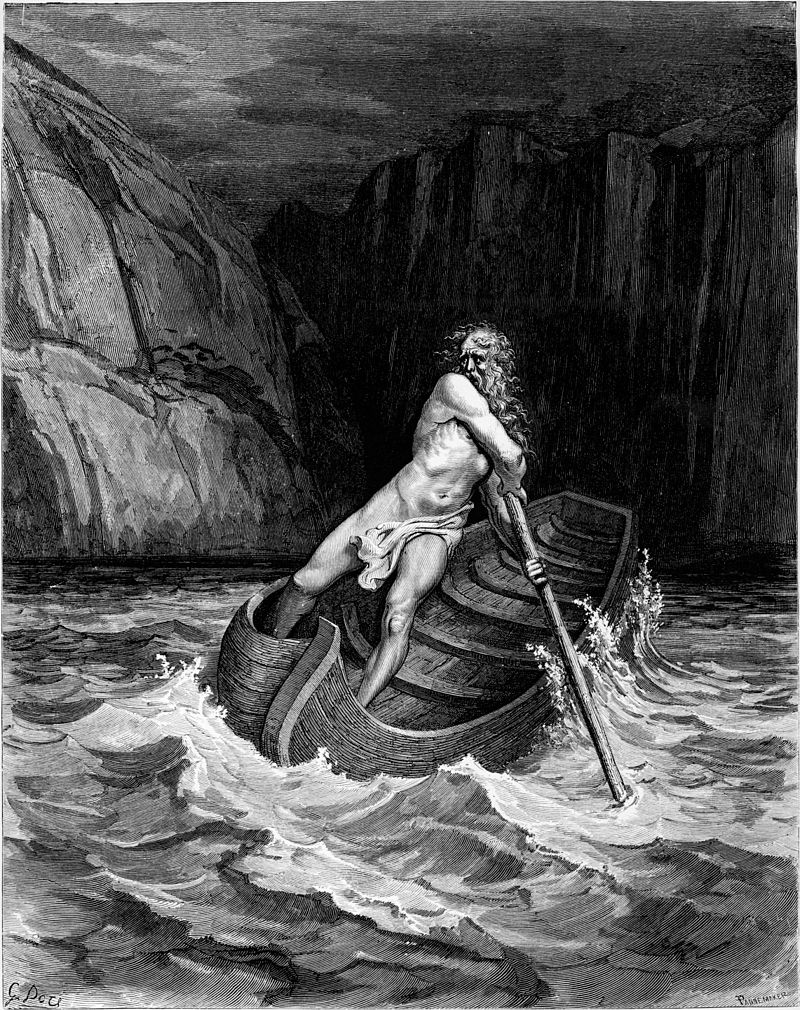
In the XXI century, scientists decided that a new class of celestial bodies — dwarf planets — should be introduced between the big planets and asteroids. Pluto was included in their number. However, at that time, a certain tradition had already developed to associate it with the realm of the dead. This is how all five of its currently known moons were named.
The largest of them is Charon. It was named after a boatman who, according to ancient beliefs, crossed the river separating the realm of the living from the realm of the dead. There are also Styx, named after the same river, and Cerberus, in honor of the three-headed dog that guards the realm of the dead. Nycta, in honor of the goddess of the night, and Hydra, in honor of the monstrous multi-headed snake.
However, Pluto was not the only dwarf planet. In addition to it, there is also Eris. It got its name from the Greek goddess of discord. It has one moon, Dysnomia. The name was given to it by the daughter of Eris, the goddess of lawlessness.
The largest asteroid in the Main Belt, Ceres, is also considered a dwarf planet. It is named after the Roman goddess of the harvest. It has no satellites. Other dwarf planets include the trans-Neptunian objects Makemake and Gaumea.
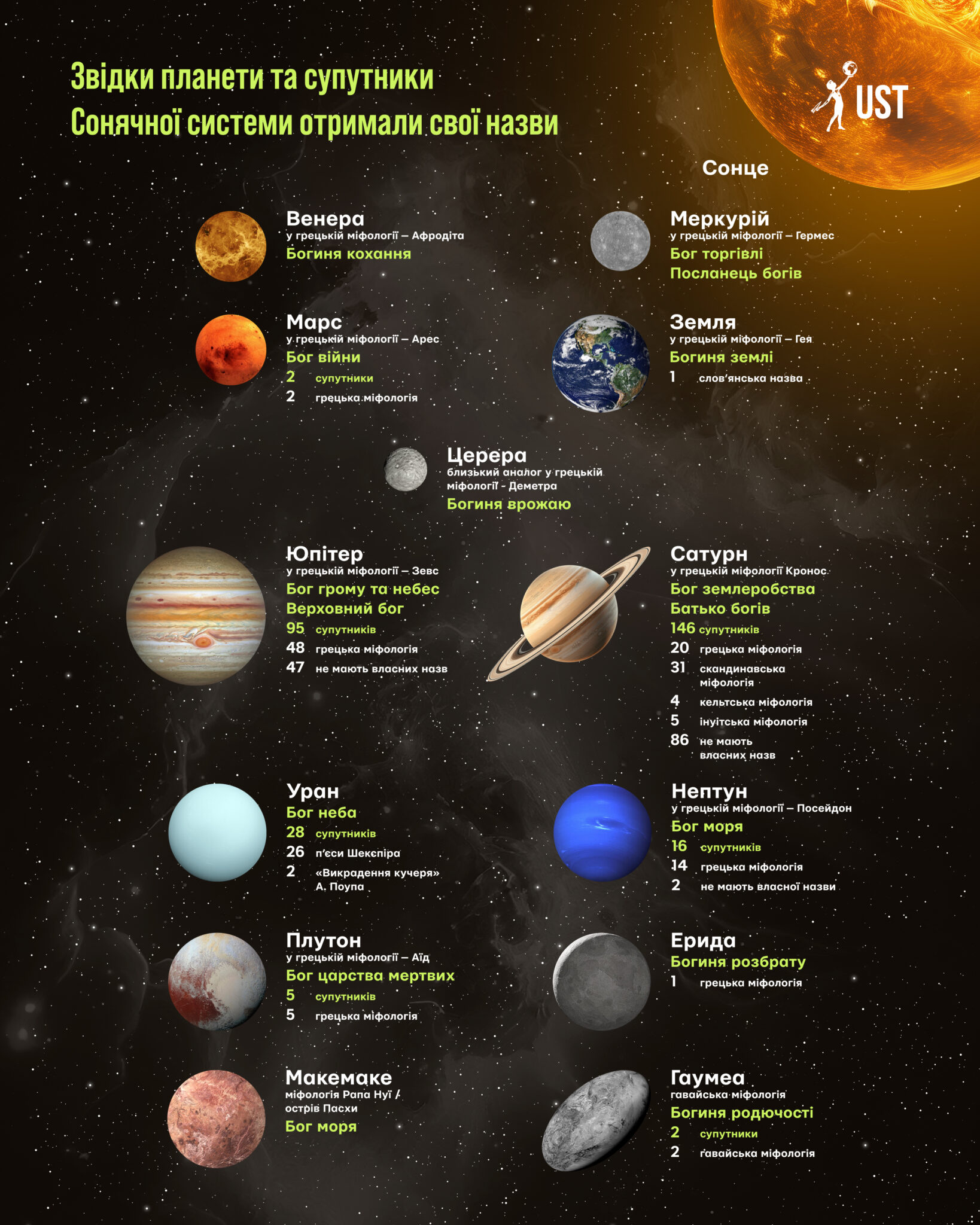
The first of them was named after the creator god from the mythology of the island of Rapa Nui and has an unnamed satellite. The second is named after the Hawaiian goddess of fertility, Huamea. It has two satellites: Hi’iaka and Namaka. The former was the goddess of dance in myths, and the latter was the goddess of the sea.
In addition to these, there are several other bodies in the solar system that claim to be dwarf planets. Some of them have their own satellites.

